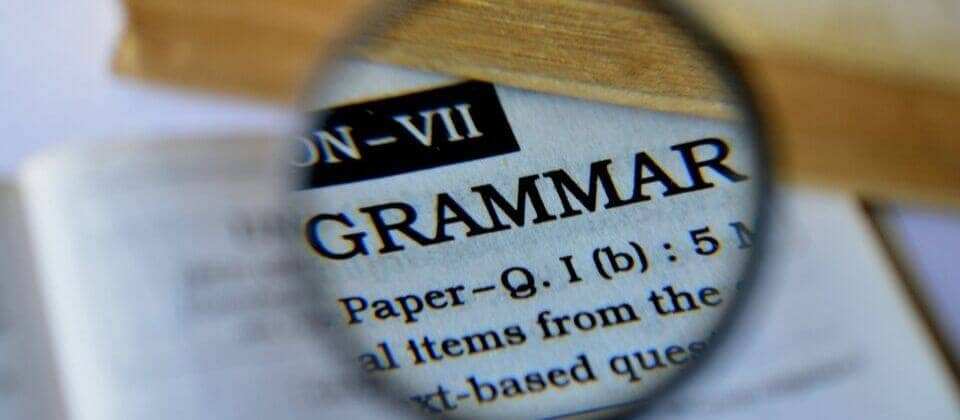Difference between clause and sentence with examples

Figuring out the difference between a clause and sentence can sometimes be confusing for English learners. Here we’ll explore the difference between a clause and sentence with examples, so it’s all easy to understand.
SENTENCE
A sentence is a group of words which communicate a complete thought or idea.
The most basic sentence in English contains only a subject and a verb.
I ran.
He slept.
Note: sometimes the subject may be implied: Run! (you run, implied)
TYPES OF SENTENCE
In English, sentences start with a capital letter. They end with a full stop, question mark or exclamation mark depending on what type of sentence they are and what they are communicating – there are 4 categories:
Statement
used when stating information (also called declarative sentences)
I have written a book.
Question
used when asking for information (also called interrogative sentences)
Did you take his number?
Exclamation
used when expressing emotions (also called exclamatory sentences)
I won!
Imperative
used when giving commands (also called command sentences)
Open the door.
A sentence may contain only a couple of words, as we’ve seen above, or can be longer and have a more complex construction, and this is when clauses may be used.
CLAUSE
A clause is a group of words which contains at least a subject and a verb. In this, clauses are like sentences, and a clause may stand as a sentence if it makes sense as a complete thought.
However, clauses are not always a complete thought and so may need to be joined with other clauses to express a complete thought, and become a sentence.
TYPES OF CLAUSE
Independent or main clause
expresses a complete thought and may stand as a sentence.
The structure is:
subject + verb
Emma arrived home.
Emma ate a sandwich.
Dependent or subordinate clause
does not express a complete thought so can not stand on its own, and must be combined with at least an independent clause to make a complete thought and therefore a sentence.
The structure is:
subordinating conjunction + subject + verb
After Emma arrived home
note that although this contains a subject and a verb it is not a complete thought
To make the dependent clause a complete thought we need an independent clause with it:
After Emma arrived home, she ate a sandwich.
dependent clause + independent clause = complete thought
A dependent clause may come before or after the independent clause, so this sentence is just as accurate.
Emma ate a sandwich after she arrived home.
Note:
if the dependent clause comes before the independent clause a comma comes between the clauses:
After Emma arrived home, she ate a sandwich. (dependent clause first – comma)
Emma ate a sandwich after she arrived home. (independent clause first – no comma)
4 STRUCTURES OF SENTENCES
Now that we understand what a sentence is and what a clause is, we can explore more different types of sentences.
Simple sentence
contains just one independent clause
John is moving to France.
John is learning French.
Compound sentence
contains two or more independent clauses i.e. joins sentences together
Compound sentences use coordinating conjunctions (FANBOYS).
John is moving to France so he is learning French.
Complex sentence
contains at least an independent clause and a dependent clause.
We saw above that dependent clauses use subordinating conjunctions, so it’s of no surprise that a complex sentence will contain a subordinating conjunction.
Because John is moving to France, he is learning French.
Compound – Complex Sentence
contains at least two independent clauses and one dependent clause. As you may have guessed, these sentences contain both coordinating and subordinating conjunctions.
Because John is moving to France, he is learning French so that he will understand the locals.
Review conjunctions


